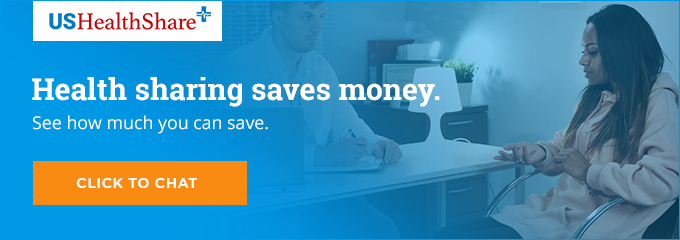So many aspects of 2020 are different from years past thanks to the coronavirus pandemic, and Open Enrollment is one of them. Americans have just a few weeks to enroll in a health care plan or make changes to their current policies during the health insurance Open Enrollment period, which usually lasts from mid-October until early December, depending on the insurance provider.
But how employers and workers are using Open Enrollment looks a little different than it did in previous years. Here are some ways that COVID-19 has altered Open Enrollment to reflect different needs and concerns going into 2021.
Employees Are Assigning More Importance to Open Enrollment This Year
According to an Open Enrollment survey conducted by MetLife, almost half of those polled believe that Open Enrollment is more important this year because of the health crisis. More people are placing more weight on different benefits that could help to provide them with coverage that more closely reflects pandemic-related issues.
Americans are also taking more time to compare various policies and the options within each, as well as to assess what their employers and insurance companies can offer. According to a survey conducted by Voya, a financial planning company, over two-thirds of employees say that they are taking more time to assess the options available to ensure their benefits better fit their COVID-19 concerns compared to last year’s Open Enrollment period.
More Americans Plan to Make Changes to Their Plans
The poll conducted by Voya also reveals that more people plan to make modifications to their current policies during Open Enrollment. Interestingly, Generation Z was much more likely than any other age group to claim to want changes made to their plans at 74 percent compared to 60 percent of Millennials, 53 percent of Generation Xers, and 28 percent of Baby Boomers.
Since COVID-19 appears to be sticking around for a bit, Americans want to ensure that they have what they need going into 2021, and their health care benefits are a key component to this.

Employers Are Making It Easier For Employees to Compare Options
Employees may find it easier to compare various plans and options, as more and more employers are offering tools to help Americans better navigate what’s available to them. Traditionally, employers would include all required information on company websites, but now, many employers are adding to these resources by providing access to webinars, virtual enrollment platforms, and online enrollment comparison options.
Likewise, Americans have an increasing number of tools available to them via the Medicare.gov website to use to compare different plans.
Health Share Programs Are a Viable Option for Many
The short window of opportunity that Open Enrollment provides to make changes to plans or enroll in new policies is already stressful enough. But navigating all the changes that COVID-19 brings can make the process even more of a hassle.
That is just one reason that some are choosing a different path this year and opting out of Open Enrollment inconveniences and into alternatives like health sharing ministries.
Those interested in health sharing programs can become members of a plan at any time of the year without having to rush into anything during a predetermined short few weeks. Instead, you have the freedom to sign up whenever you like without having to hurry into a program.
That’s not the only benefit. Health sharing programs offer members access to a large network of healthcare providers from which to choose nationwide, along with medical and pharmacy benefits. Plus, members save significant money on monthly contributions to the health sharing program when compared with typical premiums paid for traditional health insurance.
Speak with a representative from USHealthShare to find out what type of health care sharing program will suit you and your family best and learn exactly how health sharing saves money.

